Trump's infrastructure fairytale
How do you turn $200 billion into $1.5 trillion?


It's infrastructure week again at the White House — and this time, the Trump administration has finally revealed its long-awaited plan to repair America's highways and bridges, railroads and airports. But the White House should have waited a little longer. What they've come up with isn't a plan so much as a 55-page exercise in magical thinking.
Key to the proposal's problems is its overemphasis on incentivization. It presents itself as a $1.5 trillion plan, but that is grotesquely misleading. The actual amount Trump wants the federal government to pony up is $200 billion. Half of that will go to a smorgasbord of direct spending on infrastructure across the country. The other half will provide incentives for state governments and private investors to pony up their own money to get roads, mass transit, airports, water systems, electrical systems, dams, and everything else up to snuff. That's where the remaining $1.3 trillion would come from.
Speaking to a number of infrastructure experts ahead of the unveiling, The New York Times, in characteristic understatement, described the goal as "largely out of reach."
The Week
Escape your echo chamber. Get the facts behind the news, plus analysis from multiple perspectives.

Sign up for The Week's Free Newsletters
From our morning news briefing to a weekly Good News Newsletter, get the best of The Week delivered directly to your inbox.
From our morning news briefing to a weekly Good News Newsletter, get the best of The Week delivered directly to your inbox.
The Trump administration would, of course, disagree. White House sources told The Wall Street Journal they're convinced that infrastructure investment is so desperately wanted at the state and local level that it could work. They also noted that some 70 percent of recent infrastructure ballot initiatives have been approved by voters.
Still, most signs in the real world point to it being impossible.
Take the municipal bonds issued at the federal, state, and local level that already go to pay for the vast majority of infrastructure projects. These bonds already get special tax treatment. And they're already extremely popular with investors: The municipal bond market has grown 10 times over since 1981, to $3.7 trillion. The problem isn't that state legislatures can't already find cheap money to finance their projects. It's that, for whatever reason — ideology, temperament, paranoia — they don't want to take it.
Another example: The Federal Highway Trust Fund already provides 80 percent of the funding for new highway projects at the federal level. States just have to provide the other 20 percent. In Trump's infrastructure plan, the federal-to-state spending ratio is more or less reversed. If, under the generous conditions that already hold, states are still reticent to invest, why on Earth would Trump's far stingier offer change their minds?
A free daily email with the biggest news stories of the day – and the best features from TheWeek.com
Next, what of private investors? Trump wants to lure them into investing in infrastructure projects via corporate tax credits, which allow them to take tax write-offs on profits from the investments. Given the stinginess of Trump's overall offering, it's again hard to see how big a difference it could make.
But even if it does work, there's a deeper problem: Public-private infrastructure partnerships are a terrible deal for the "public" side.
As David Dayen revealed, cities' attempts to privatize water systems, sanitation systems, roads, and tollways, for instance, have often resulted in poor outcomes, bankruptcies, and spikes in payment rates for residents. Some contracts even required the government to make the private investor whole if the returns on the project didn't pan out.
Most infrastructure projects are natural monopolies: You're not going to find five or 10 different toll roads all going to the same place. Cities aren't going to have multiple water systems or electrical grids or whatever. When these projects are run by private owners, the lack of market competition allows them to either skimp on upkeep or gouge customers. (Or both.) Every dollar sent to shareholders is a dollar that, if the system were publicly owned, could be plowed back into improvements and lower user fees.
There's another problem. To financially justify an infrastructure project, private players need confidence they'll get a return on their investment. That means taking on projects in areas where people have pretty high incomes and can afford the tolls and fees. The perversity is that poor communities are the ones who most desperately need better infrastructure. So even if Trump's plan does succeed in leveraging private dollars, the bulk of the resulting infrastructure will go to the neighborhoods who need it the least.
To give the plan its due, that $200 billion in direct federal spending on infrastructure is better than $0. But the plan's overall philosophy bears a striking resemblance to the president's previous deals in real estate: Trump gets the glory while someone else gets stuck with the bill.
Jeff Spross was the economics and business correspondent at TheWeek.com. He was previously a reporter at ThinkProgress.
-
 7 bars with comforting cocktails and great hospitality
7 bars with comforting cocktails and great hospitalitythe week recommends Winter is a fine time for going out and drinking up
-
 7 recipes that meet you wherever you are during winter
7 recipes that meet you wherever you are during winterthe week recommends Low-key January and decadent holiday eating are all accounted for
-
 Nine best TV shows of the year
Nine best TV shows of the yearThe Week Recommends From Adolescence to Amandaland
-
 The pros and cons of noncompete agreements
The pros and cons of noncompete agreementsThe Explainer The FTC wants to ban companies from binding their employees with noncompete agreements. Who would this benefit, and who would it hurt?
-
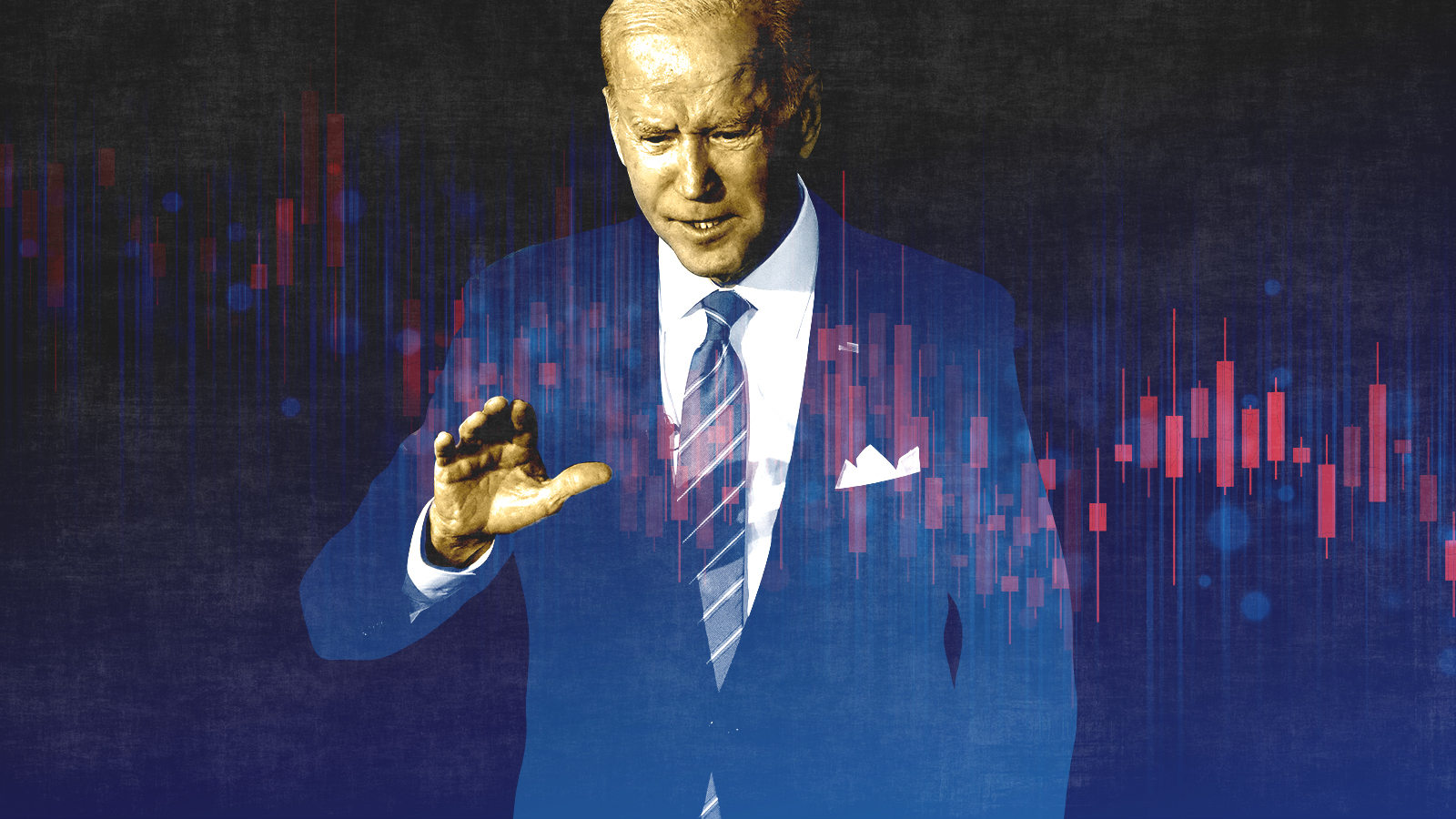 What experts are saying about the economy's surprise contraction
What experts are saying about the economy's surprise contractionThe Explainer The sharpest opinions on the debate from around the web
-
 The death of cities was greatly exaggerated
The death of cities was greatly exaggeratedThe Explainer Why the pandemic predictions about urban flight were wrong
-
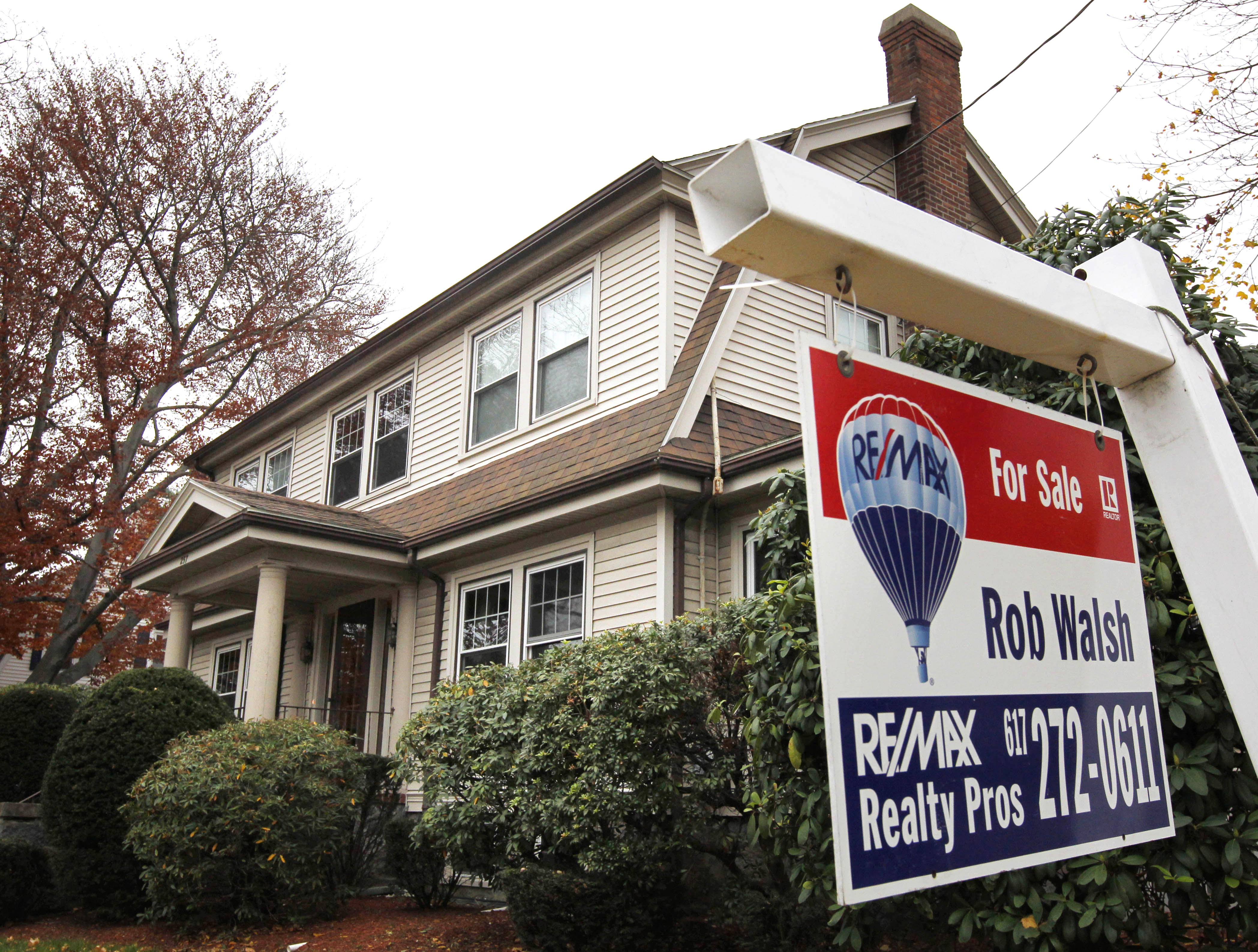 The housing crisis is here
The housing crisis is hereThe Explainer As the pandemic takes its toll, renters face eviction even as buyers are bidding higher
-
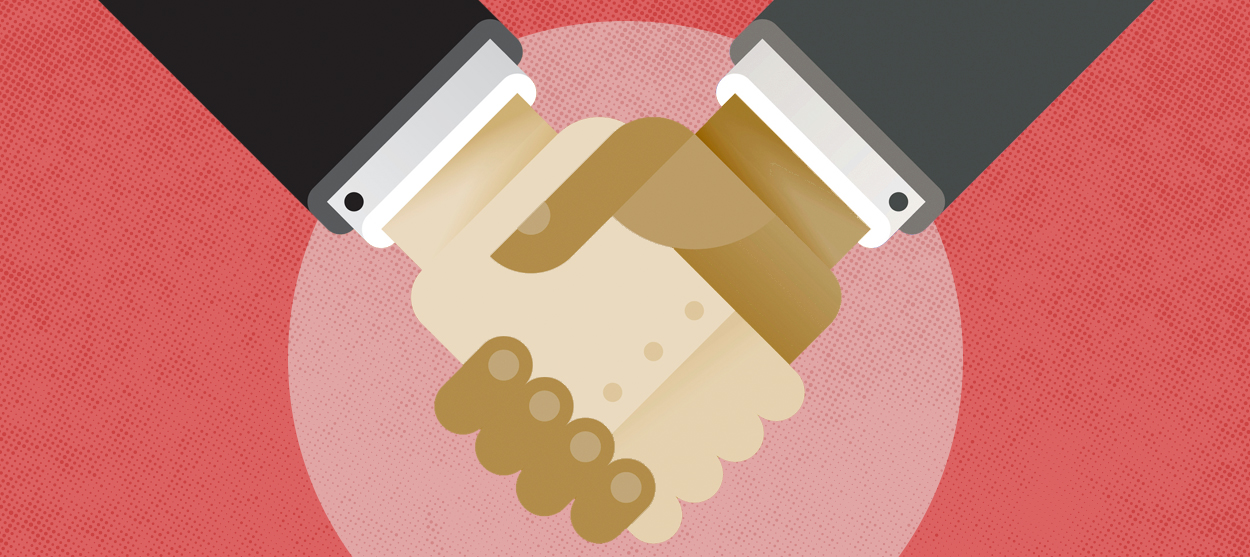 How to be an ally to marginalized coworkers
How to be an ally to marginalized coworkersThe Explainer Show up for your colleagues by showing that you see them and their struggles
-
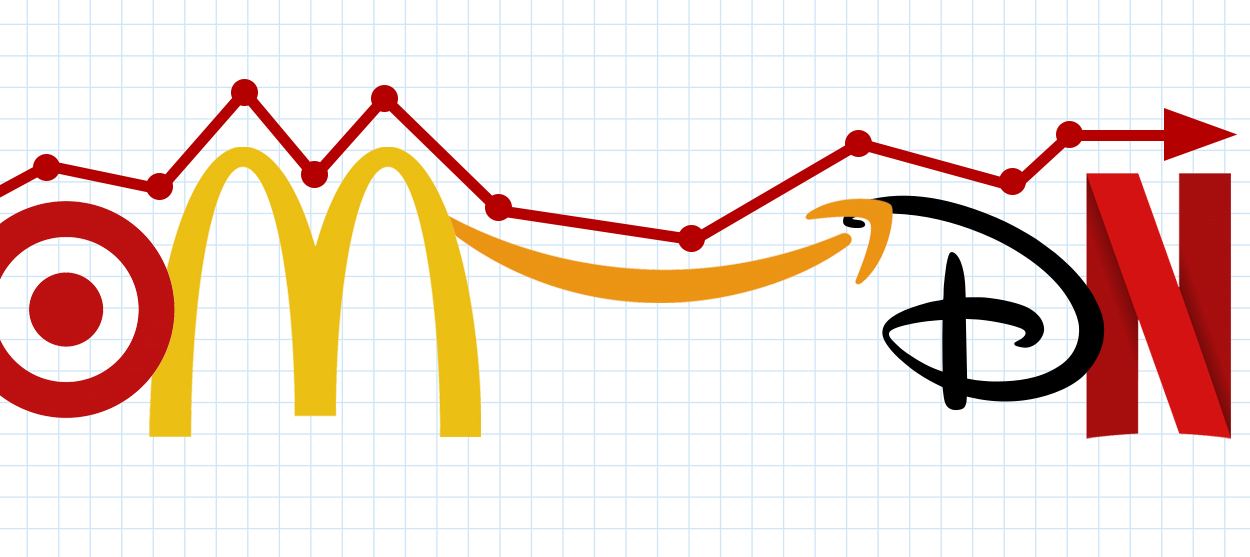 What the stock market knows
What the stock market knowsThe Explainer Publicly traded companies are going to wallop small businesses
-
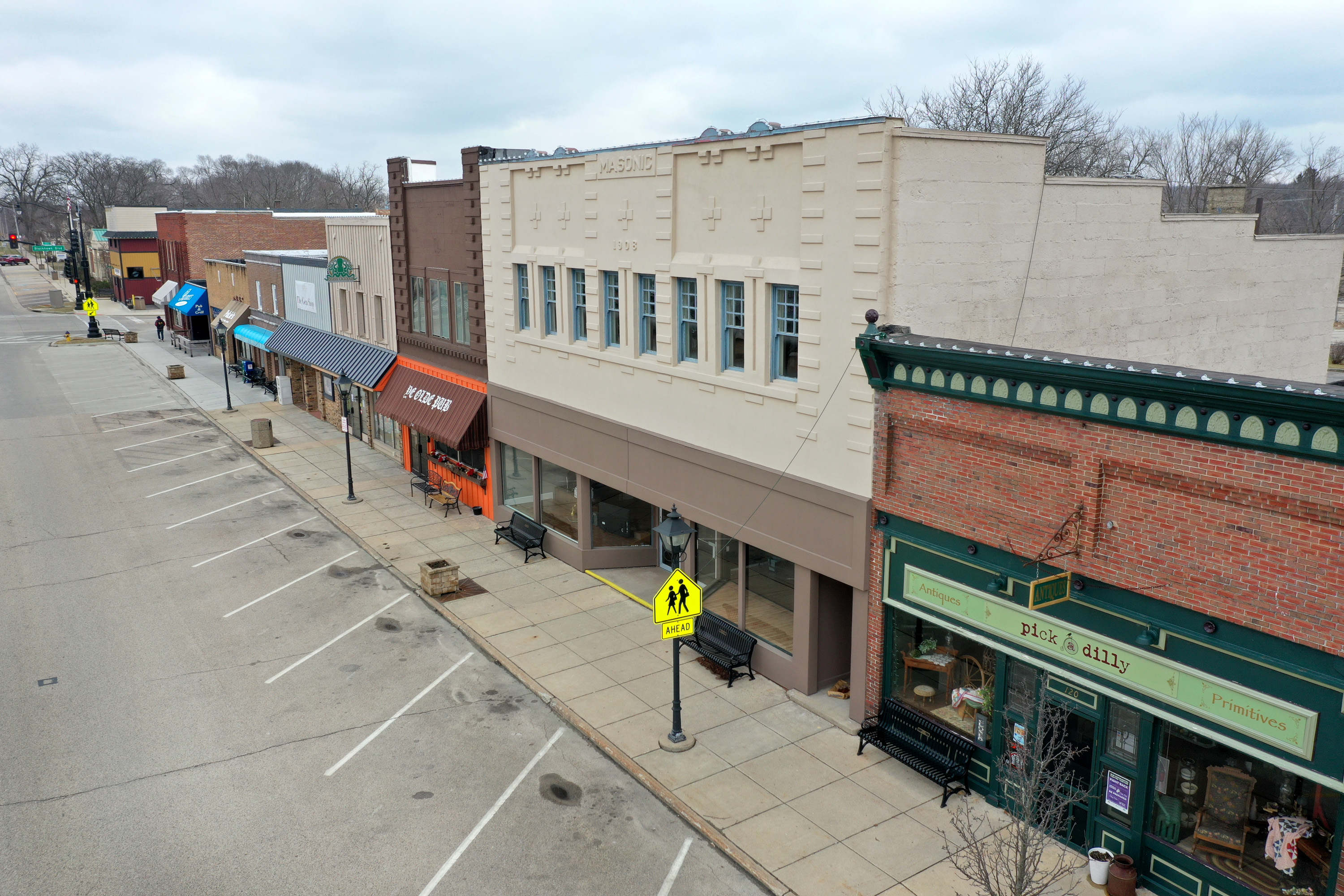 Can the government save small businesses?
Can the government save small businesses?The Explainer Many are fighting for a fair share of the coronavirus rescue package
-
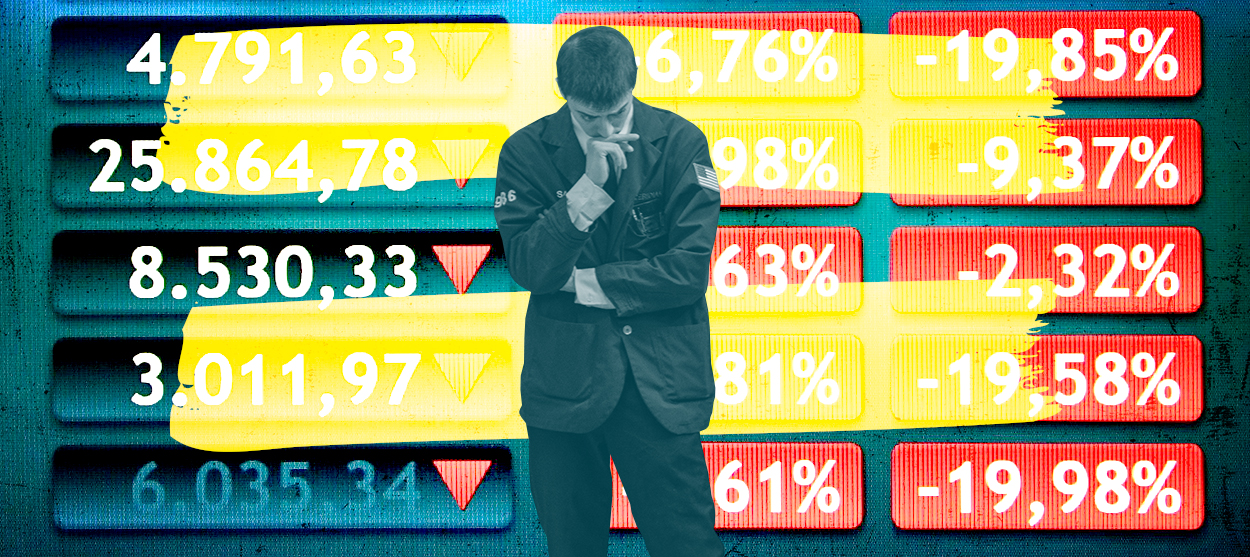 How the oil crash could turn into a much bigger economic shock
How the oil crash could turn into a much bigger economic shockThe Explainer This could be a huge problem for the entire economy
